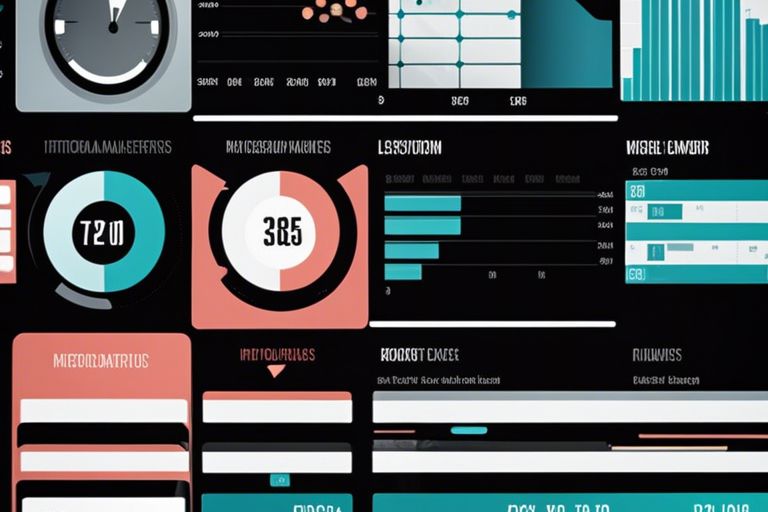In the grand tapestry of data analysis, historical production data acts as a time machine, allowing us to probe into the past to uncover valuable insights for the present and future. By analyzing past production trends, patterns, and outcomes, we can gain a deeper understanding of what has worked well, what hasn’t, and how to make informed decisions moving forward. Let’s explore the myriad ways in which historical production data can enrich our analysis and guide our strategic steps with wisdom and foresight.
Identifying Patterns and Trends
Uncovering Hidden Insights
The analysis of historical production data can unveil hidden insights that may not be immediately apparent. By reviewing past data, you can identify patterns and trends that might have been overlooked, leading to a deeper understanding of your production process.
Recognizing Seasonal Fluctuations
Any seasoned analyst knows that seasonal fluctuations can have a significant impact on production data. By analyzing historical data over different seasons, you can identify recurring patterns and fluctuations that may influence your production strategy.
Insights gathered from recognizing seasonal fluctuations can help you better prepare for periods of high or low production demand, optimize resource allocation, and make informed decisions to improve overall efficiency and profitability.
Improving Forecasting and Planning
Enhancing Predictive Models
One of the key benefits of historical production data in analysis is the enhancement of predictive models. By analyzing past data, you can identify trends and patterns that can be used to improve the accuracy of forecasting future production levels. This allows for better planning and decision-making, ultimately increasing operational efficiency.
Optimizing Resource Allocation
Improving resource allocation is another critical aspect where historical production data plays a significant role. By studying past production data, organizations can identify bottlenecks, optimize processes, and allocate resources more effectively. This leads to improved productivity, cost savings, and better overall performance.
To fully leverage historical production data for optimizing resource allocation, businesses can utilize advanced analytics tools to extract valuable insights. These insights can help in identifying areas for improvement, fine-tuning operations, and ensuring that resources are allocated in the most efficient manner possible.
Enhancing Operational Efficiency
Streamlining Production Processes
Now, enhancing operational efficiency through historical production data involves streamlining production processes to optimize output and reduce downtime.
Reducing Waste and Inefficiencies
With historical production data, you can identify patterns and trends that highlight areas of waste and inefficiencies within your operations.
The insights gained from analyzing historical production data can help pinpoint specific areas where improvements can be made to streamline processes, reduce waste, and ultimately enhance operational efficiency. By leveraging this data, businesses can make informed decisions that drive continuous improvement and sustainable growth.
To wrap up
From above, it is evident that historical production data is a valuable tool in enhancing analysis across various industries. By leveraging this data, analysts can gain important insights into trends, patterns, and potential areas for improvement. Through a meticulous examination of historical data, organizations can make more informed decisions, drive efficiency, and optimize their operations. As we learn from the past, we pave the way for a more successful future.

